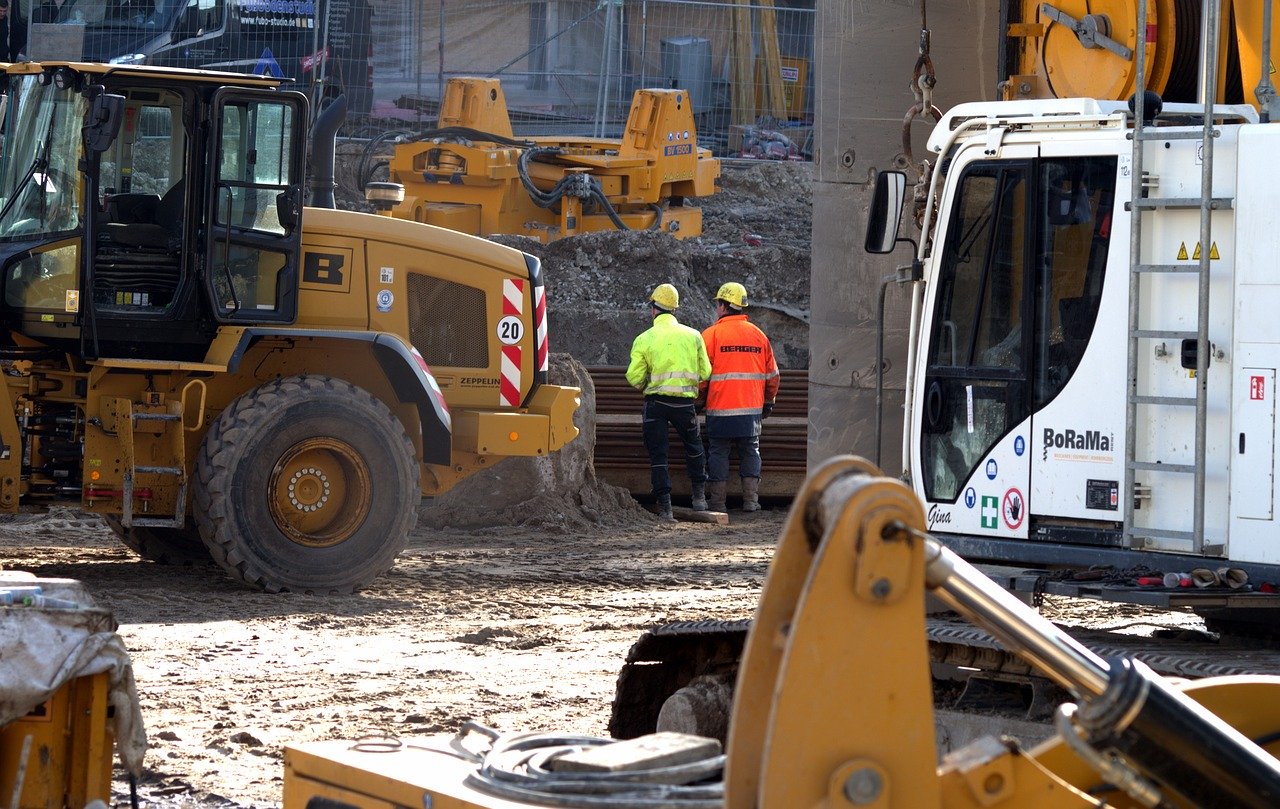Supply chain management in construction
Construction can be a tough business at the best of times. One of the biggest challenges, particularly for the larger contractors, is dealing with their supply chain.
With the tier 1 system in a state of flux as suppliers gain more power, managing relationships with subbies are becoming ever more complex. Added to this is the problem of sourcing materials as a result of Brexit-related delays.
On a small job, a supply chain may only be a couple of firms. But on a big job – for example, a major infrastructure job – the supply chain can be vast. As such, a strong healthy relationship between those involved all along the chain is vital for the success of any scheme. This includes a full appreciation of how different suppliers rely on each other, how these logistics work, and the resources required to ensure that the job gets done.
It’s worth noting some of the particularly challenging aspects of dealing with a supply chain in construction. Firstly, the complexities of a supply chain can throw up issues. When you have contractors, designers, architects all involved at various stages, then it is vital that a project manager stays on top of things.
In this respect, it is essential that a clear hierarchy is established. This helps everyone to understand who is responsible for what. Subcontractors and suppliers are helped in that they know who their points of contact are when working on the project, helping, in theory, to making everything easier to manage.
Communication is key for a tier 1 contractor in helping manage a supply chain. For a project manager, being able to keep track of where their subbies are and how they are progressing is a key element of a successful scheme.
There is a lot to keep track of and it goes beyond just people. Working with a supplier to ensure you are sourcing the best options for resources and materials is key. Losing track with this element can easily mean that costs can run away from you and risks deadline overrun on a project. This can then have a knock-on effect on the rest of the supply chain.
As can be seen with countless examples, the UK construction business has been hampered by supply chain issues for many years, but particularly of late.
Part of that can be attributed to the process of managing invoices and purchase orders, which can be exceptionally time consuming and riven with errors. With the sheer quantity of invoices that often have to be dealt with it is vital that a contractor has the correct processes in place to deal with them.
Locking pen and paper out of the construction process
This is where technology can prove useful, but there is a mindset within construction that is still very wedded to paper. Certainly being able to use an iPad is a tangible, practical issue. But it is more to do with people relying on tried and tested approaches, rather than risking something new.
While the benefits of using technology to engage with the supply chain are many – including clarity and efficiency – there are some downsides to vast amounts of data capture. In a report, accountancy firm EY said:
“The growing tsunami of data is both a boon and bane to businesses in the digital age. Limitless oceans of data, often reflecting customer experience as it happens, have the potential to remake supply chains and business models. These models can and should be more efficient, productive, flexible and responsive. But right now, data is a mess.”
The report concludes:
“Companies must act quickly to take control of data growth, complexity, and chaos. That includes focusing, simplifying and standardising data analysis through an enterprise data management strategy, and exploring the range of possibilities afforded by machine learning, IoT and blockchain.”
Nevertheless, digital tools can be a vital way to re-establish trust and improve collaboration across the supply chain. Again, getting all parts of the supply chain to use these digital tools can prove tricky. But once onboard, with the benefits visible, it should be an easy win.
How to streamline your supply chain
By now it becomes clear that bridging the gap across the supply chain is no child’s play. Tier 1 contractors seem to be trapped in an unproductive path where subcontractors are running the show.
And that’s only the tip of the iceberg considering the communication problems that arise on a continuous basis between the construction site and the office. That being said, it’s worth investigating what could be the right steps towards a well-connected and efficient supply chain where all project agents are up to date.
Without further ado, here is how fragmented communication across the supply chain could become history:
Connect field to the boardroom
With the advent of digital solutions, the construction process will become more agile and data-driven. The secret behind this paradigm shift lies in the fact that all project stakeholders will be able to connect in real time with the click of a button.
Fast and effective collaboration will eventually lead to fewer misunderstandings and less rework. That is of paramount importance if we take into account that reworks are the source of most budget overruns and project delays.
In that sense, connecting the field to the boardroom will result in more timely decisions and ensure that everyone on site focuses on what really matters.
BIM adoption as a priority
Building Information Modeling is one of the hottest trends in construction, right now. And for a very good reason as it unlocks a new level of collaboration for the entire industry. However, there are still many in the sector who fail to understand that BIM starts with digital adoption.
Instead of falling for a nice and shiny 3D model, stakeholders in the industry need to dedicate their efforts to the readiness of construction with respect to processes, people and policies.
After all, BIM is a remarkable data vehicle which works only as good as the quality of the data added to it. Building Information Modeling could play a decisive role in restoring trust across the supply chain as long as field teams are ready to collect data consistently and BIM managers to translate them into actionable solutions.
More investment in offsite and standardisation
Offsite construction is gradually gaining great momentum, as it adds predictability to the construction process and puts budget and spending under control. On top of that, it can provide a well-defined context for everyone involved in a project and make it easier for the supply chain to remain streamlined.
Especially in markets where the need for affordable housing is rapidly increasing, the emergence of modular construction is seen as the only way forward. The United Kingdom is an excellent example in that direction, as you can also see in the video below:
Offsite construction could pave the way for standardisation which is one of the end goals for the construction industry of tomorrow. Like that, the supply chain will be able to invest in replicability and improve its core systems and practices.
Don’t forget the Modern Slavery Act
Last but certainly not least, one thing you want to bear in mind when dealing with a supply chain these days is making sure you are adhering to the Modern Slavery Act. Managing this part of your business is vital, otherwise, you face the threat of prosecution and serious damage to your reputation.
Under the regulations, construction firms must publish a slavery and human trafficking statement. Companies with a turnover of greater than £36m must publish their statement annually. Within this document, a firm must outline the steps it is taking to safeguard that slavery and human trafficking are being avoided in the business, including the supply chain. If a company is concerned it may be taking place, it must state what it is doing to address this.
Wrapping it all up!
As you can see, there is plenty to think about for a construction firm when it comes to managing its supply chain. There are indeed serious consequences – a job being delayed or running over budget, or prosecution – if things are not kept under control.
But with strong leadership and the right processes in place then there is no reason why a tier 1 contractor cannot enjoy a fruitful and mutually beneficial relationship with all parts of its supply chain. The technology is certainly there to aid this process.
LetsBuild’s GenieBelt field reporting app is designed for easy collaboration and efficiency, allowing project managers to be kept up-to-date. Real-time notifications are sent straight to affected parties, meaning everybody across the chain is on the same page. It means fewer meetings and time is saved as people can access the platform either on site or in the office.




